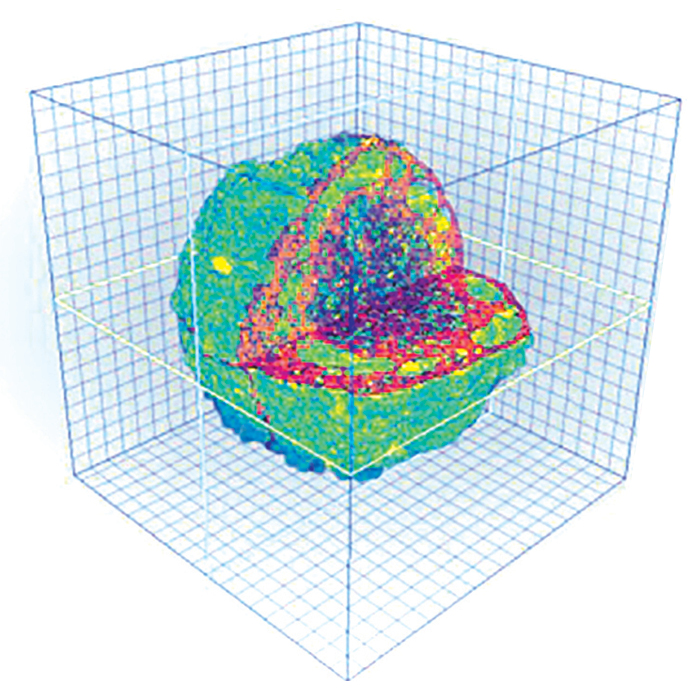
_Amir Yaghoob Farnam
Farnam is an assistant professor in the Department of Civil, Architectural and Environmental Engineering in the College of Engineering
Tens of millions of tons of coal ash from power plants ends up in landfills each year. But researchers believe they have found a way to turn the waste into a special additive that makes concrete used in construction more durable and crack-resistant.
“Not only does this help protect our natural environment but it will also help to improve our built environment,” says College of Engineering Assistant Professor and Principal Investigator Amir Yaghoob Farnam.
Concrete is one of the most widely used building materials in the world, but it requires just the right atmospheric conditions to allow proper mixing and even curing — not too hot, not too cold, not too dry.
SPoRA is an aggregate made from recycled coal ash derived from coal power plant waste. It’s porous, lightweight and can be used as a concrete additive to aid the hardening process. The aggregate can be customized in various sizes and with pore configurations tailored specifically for improving concrete curing.
Farnam’s lab wanted to design an aggregate product that had optimal characteristics for mixing, strength and porousness — and find a way to make it out of an abundant waste material.
The material they came up with is called “spherical porous reactive aggregate,” or SPoRA for short. It is made by combining the ash with chemicals that facilitate aggregate sintering and bonding, forming them into tiny spheres and then baking them at 1,160 degrees Celsius for a few minutes. The end product is an aggregate pellet that can hold almost half its weight in water, which is better than traditional lightweight aggregates.
“The solution we came up with involved recycling this waste product, coal ash, into a porous, lightweight aggregate with excellent performance characteristics that could be produced at a lower cost than current natural and synthetic options,” Farnam says. “This material and process would not only benefit the concrete industry by improving the quality of their products, but it could also help keep coal ash out of landfills.”


